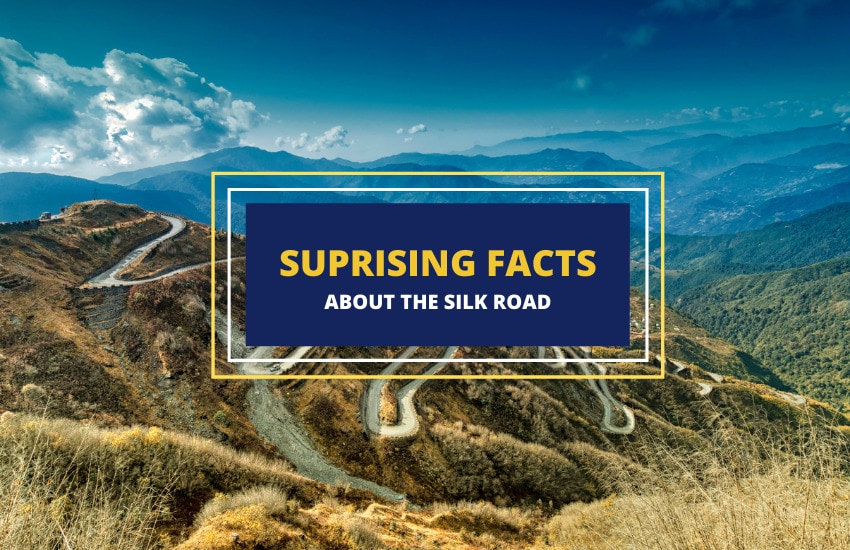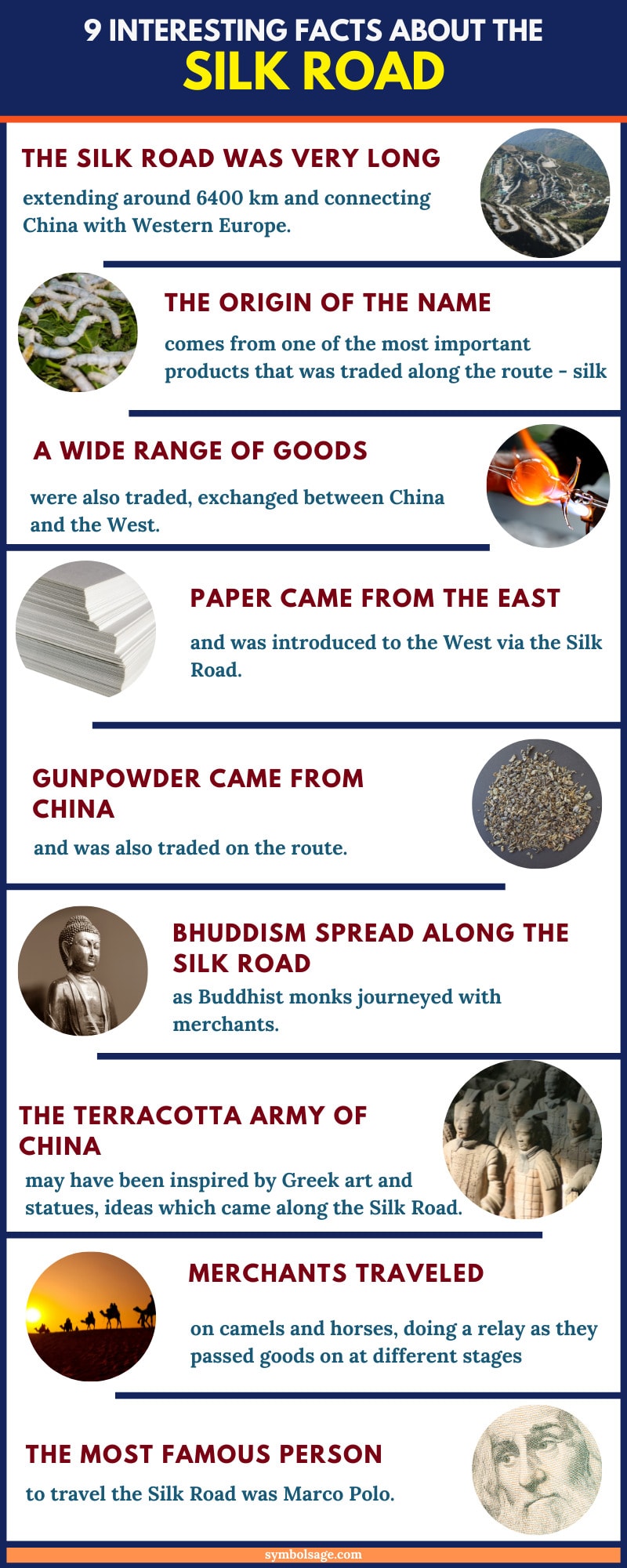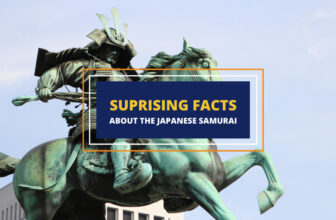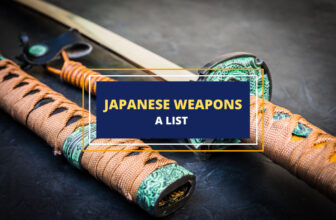
Table of Contents
Since the dawn of civilization, roads have served as the life-giving arteries of culture, trade, and tradition. Despite its name, the Silk Road wasn’t an actual constructed road but rather an ancient trade route.
It linked the western world to the Middle East and Asia, including India. It was the main path for the trade of goods and ideas between the Roman Empire and China. After that time, medieval Europe used it to trade with China.
Even though this ancient trade route’s impact is still being felt up to this day, many of us know very little about it. Read on to discover some more interesting facts about the Silk Road.

1- The Silk Road was Long
The 6400km long caravan route originated at Sian and followed the Great Wall of China for some way. It crossed through Afghanistan, along the eastern Mediterranean shores from where goods were shipped over the Mediterranean Sea.
2- The Origin of its Name
Silk from China was one of the most precious goods that were imported from China to the West, and so the route was named after it.
However, the term “Silk Road” is quite recent, and was coined by Baron Ferdinand von Richthofen in 1877. He was trying to promote his idea of connecting China and Europe by a railway line.
the Silk Road wasn’t used by the original traders who used the route, as they had different names for the many roads that connected to make up the route.
3- There Were Many Goods Traded Apart from Silk
Many goods were traded on this network of roads. Silk was just one of them and it was one of the most highly prized, along with jade from China. Ceramics, leather, paper, and spices were common eastern commodities that were exchanged for goods from the West. The West in turn traded rare stones, metals, and ivory among others to the East.
Silk was commonly traded with the Romans by the Chinese in exchange for gold and glassware. The technology and technique to blow glass were not known to China back then, so they were happy to trade it for the prized fabric. The Roman noble classes valued silk so much for their gowns that years after trading began, it became the preferred fabric of those who could afford it.
4- Paper Came from the East
Paper was introduced to the West via the Silk Road. Paper was first made in China using a pulped mixture of mulberry bark, hemp, and rags during the eastern Han period (25-220 CE).
The use of paper spread to the Islamic world in the 8th century. Later on, in the 11th century, paper reached Europe through Sicily and Spain. It quickly replaced the use of parchment, which is cured animal skin that was made specifically for writing.
The technique of making paper was refined and improved with the advent of better technology. Once paper was introduced to the West, the production of manuscripts and books skyrocketed, spreading and preserving information and knowledge.
It is way faster and more economical to produce books and texts using paper than parchment. Thanks to the Silk Road, we still use this marvelous invention today.
5- Gunpowder was Traded as Well
Historians agree that the first documented use of gunpowder came from China. The earliest records of the gunpowder formula came from the Song Dynasty (11th century). Before the invention of modern guns, gunpowder was implemented in warfare through the use of flaming arrows, primitive rockets, and cannons.
It was also used for recreational purposes in the form of fireworks. In China, fireworks were believed to drive away evil spirits. The knowledge of gunpowder quickly spread to Korea, India, and throughout the West, making its way along the Silk Road.
Although the Chinese were the ones who invented it, the use of gunpowder was spread like wildfire by the Mongols, who invaded huge portions of China during the 13th century. Historians suggest that Europeans were exposed to the use of gunpowder through trade on the Silk Road.
They traded with Chinese, Indians, and Mongols who were using the powder at that time. After that time, it was heavily used in military applications both in the East and the West. We can thank the Silk Road for our beautiful New Year’s fireworks displays.
6- Buddhism Spread Through the Routes
Currently, there are 535 million people around the globe who practice Buddhism. Its spread can be traced to the Silk Road. According to the teachings of Buddhism, human existence is one of suffering and that the only way to obtain enlightenment, or nirvana, is through deep meditation, spiritual and physical effort, and good behavior.
Buddhism originated in India around 2,500 years ago. Through intercultural exchanges among the traders, Buddhism made its way into Han China at the beginning of the first or second century CE via the Silk Road. Buddhist monks would journey with merchant caravans along the route to preach their new religion.
- 1st century CE: The spread of Buddhism to China by way of the Silk Road began in the 1st century CE with a delegation sent to the West by the Chinese Emperor Ming (58–75 CE).
- 2nd century CE: Buddhist influence became more pronounced in the 2nd century, possibly as a result of the efforts of Central Asian Buddhist monks into China.
- 4th century CE: From the 4th century on, Chinese pilgrims began traveling to India along the Silk Road. They wanted to visit the birthplace of their religion and gain access to its original scriptures.
- 5th and 6th century CE: Silk Road merchants spread many religions, including Buddhism. Many merchants found this new, peaceful religion appealing and supported the monasteries along the route. In turn, Buddhist monks provided the travelers with lodgings. The merchants then spread the news of the religion in the countries they passed through.
- 7th century CE: This century saw the end of the Silk Road spread of Buddhism due to the insurgence of Islam into Central Asia.
Buddhism influenced the architecture and art of many of the countries that were involved in the trade. Several paintings and manuscripts document its spread throughout Asia. Buddhist paintings in caves that were discovered on the northern silk route share artistic links with Iranian and Western Central Asian art.
Some of them have distinct Chinese and Turkish influences that were only made possible by the close intermingling of cultures along the trade route.
7- The Terracotta Army
The terracotta army is a collection of life-sized terracotta sculptures that depict emperor Qin Shi Huang’s army. The collection was buried with the emperor around 210 BCE to protect the emperor in his afterlife. It was discovered in 1974 by some local Chinese farmers but what has it got to do with the Silk Road?
Some scholars have a theory that says the terracotta army’s conception was influenced by the Greeks. The foundation of this theory is the fact that the Chinese didn’t have the same practice of creating life-sized statues before coming into contact with European culture via the Silk Road. In Europe, life-sized sculptures were the norm. They were used as decorations, and some huge ones were even used as columns to support and decorate temples.
One piece of supporting evidence for this claim is the discovery of DNA fragments from the time before the creation of the terracotta army. They show that Europeans and Chinese had contact before the time that the army was created. The Chinese may have gained the idea of creating such sculptures from the west. We may never know, but the contact between nations along the Silk Road certainly influenced art on both sides of the route.
8- The Silk Road was Dangerous
Traveling along the Silk Road while carrying valuable goods was extremely dangerous. The route passed through many unguarded, desolate stretches where bandits would lie in wait for travelers.
For this reason, tradesmen usually traveled together in large groups called caravans. This way, the risk of being ransacked by opportunistic bandits was minimized.
The merchants also employed mercenaries as guards to protect them and sometimes guide them when traversing a new and possibly section of the dangerous path.
9- Traders Didn’t Travel the Entire Silk Road
It would not have been economically viable for caravans to travel the whole length of the Silk Road. If they did, it would have taken 2 years for them to complete each journey. Instead, for the goods to reach their destinations, caravans dropped them off at stations in the large cities.
Other caravans then picked the goods up and transported them a little further. This passing around of goods drove their value up as each trader took a cut.
When the final caravans reached their destination, they exchanged them for valuables. They then traversed back along the same paths and repeated the process of dropping the goods off and letting others pick them up all over again.
10- The Methods of Transportation were Animals
Camels were a popular choice for transporting goods along the overland sections of the Silk Road.
These animals could withstand harsh climates and last for days without water. They also had excellent stamina and could carry heavy loads. This was extremely helpful for the merchants since the majority of the routes were harsh and dangerous. It also took a long time for them to reach their destination, so having these humped companions was really important.
Others used horses to traverse the roads. This method was often used to relay messages across long distances because it was the fastest.
Guesthouses, inns, or monasteries along the route provided the weary merchants with places to stop and refresh themselves and their animals. Others stopped at oases.
11- Marco Polo
The most famous person to travel the Silk Road was Marco Polo, a Venetian merchant who traveled to the East during the Mongol’s reign. He was not the first European to travel to the Far East – his uncle and father had already been to China before him and they had even established connections and trading hubs. His adventures are recounted in the book The Travels of Marco Polo, which details his travels along the Silk Road towards the East.
This piece of literature, written by an Italian with whom Marco Polo was imprisoned for a time, extensively documented the customs, buildings, and the people of the places that he visited. This book brought the previously lesser-known culture and civilization of the East to the West.
When Marco and his brothers arrived in the then Mongol-ruled China, he was welcomed warmly by its ruler, Kublai Khan. Marco Polo became a court tax collector and was sent on important trips by the ruler.
He returned home after 24 years of being abroad but was captured in Genoa for commanding a Venetian galley in a war against it. While he was an inmate, he told his fellow captive Rustichello da Pisa the tales of his travels. Rustichello then wrote the book that we have today based on Marco Polo’s stories.
Wrapping Up – A Remarkable Legacy
Our world today will never be the same thanks to the Silk Road. It served as a way for civilizations to learn from one another and eventually to prosper. Even though the caravans stopped traveling centuries ago, the road’s legacy remains.
The products that were exchanged between the cultures became symbols of their respective societies. Some of the technologies that traveled thousands of miles through unforgiving lands are still utilized in our modern age.
The knowledge and ideas that were exchanged served as the beginning of many traditions and cultures. The Silk Road was, in a sense, a bridge between cultures and traditions. It was a testament to what humans are capable of if we share knowledge and expertise.








